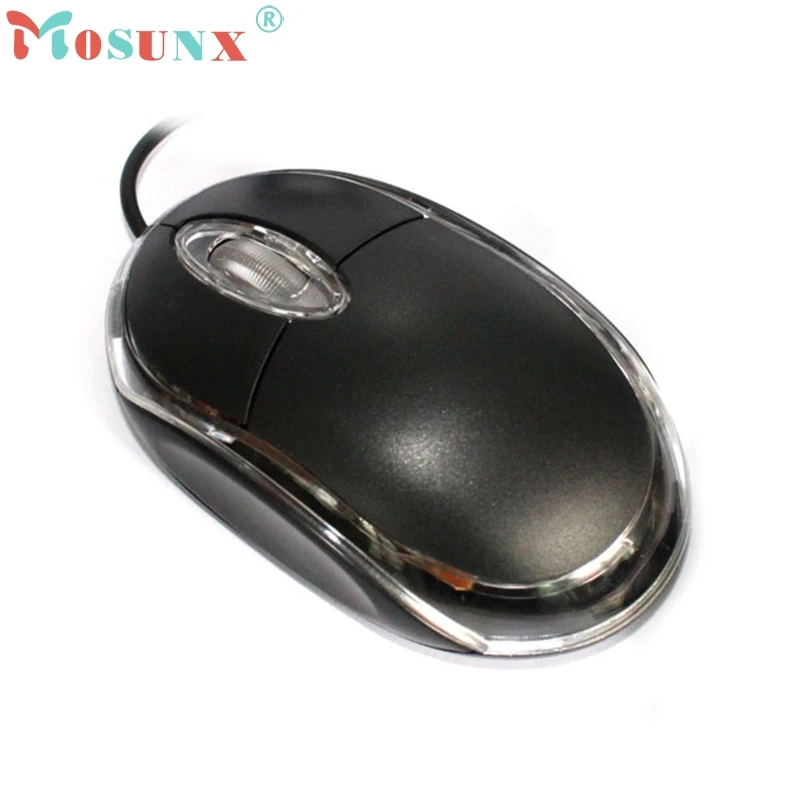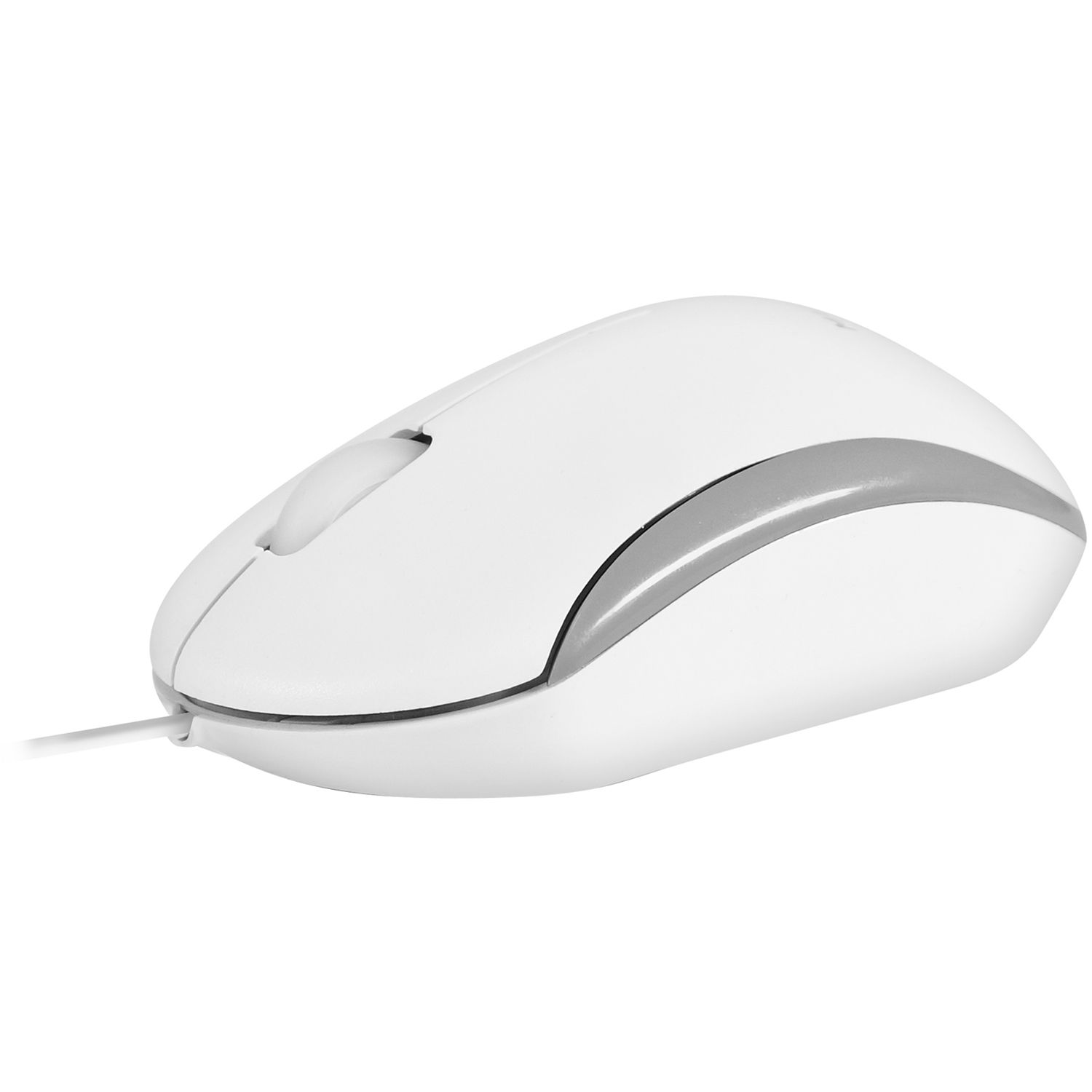WisFox 2.4G Wireless Mouse for Laptop, Ergonomic Computer Mouse with USB Receiver and Type-C Adapter, 3 Adjustable Levels, 6 Button Cordless Wireless Mice for Windows Mac PC Notebook (Grey and Black) 4.6 out of 5 stars 1,801. Connecting the mouse is a cinch, too, as it’s plug-and-play, so simply pop the USB dongle into an available port and you’re up and running in seconds. From there, this mouse is particularly suited to people who are going to be using it for prolonged periods of time (we're looking at you creatives), but who also don't want to break the bank.
USB port types and names
USB (Universal Serial Bus) is an industry standard for connecting computers and other devices. It's available with many types of ports, and each type has a unique shape. On Mac computers, USB is available with these ports, depending on your Mac model:
Your device isn't recognized by your Mac. Follow these steps if your mouse, keyboard, or trackpad. A two-button scroll-wheel mouse with a wire coming out of it that has a USB connector — a flat rectangular metal plug about the size of a fingernail — at the other end is worth keeping. A Windows keyboard with a USB connector will work fine, but a couple of keys are labeled differently from Mac keyboards, which may make it more trouble than it’s worth. Apple USB Mouse (M4848) Apple USB Mouse. The Apple USB Mouse was Apple's first USB mouse. Released with the iMac in 1998 and included with all successive desktop Macs for the next two years, the round 'Hockey puck' USB mouse is widely considered one of Apple's worst mistakes. Marking the switch from ADB, the colorful translucent mouse was a.
USB-A
Type USB-A ports are commonly called USB, USB 2, or USB 3 ports, depending on the USB specification they support. They aren't reversible, so a USB-A connector plugs into the port only when oriented correctly.
USB-C
Type USB-C ports are available as either standard USB-C ports or Thunderbolt 3 ports that also support USB-C connections. They both look the same, and the connector plugs into the port in either orientation.
Learn more about identifying the ports on your Mac, as well as the adapters and cables you can use to connect older devices to type USB-C ports.
USB specifications
USB specifications are important primarily when you want the most speed and power for your USB device, or your device needs more power or is using too much power. Every USB port supports a particular USB specification, which determines the port's maximum>USB specifications on MacData transferPowerUSB 3.1 Gen 2
Also known as USB 3.2 Gen 2
Up to 10 GbpsUp to 15W at 5VUSB 3.1 Gen 1
Also known as USB 3.2 Gen 1 or USB 3
Up to 5 GbpsUp to 900 mA at 5VUSB 2.0
Up to 480 MbpsUp to 500 mA at 5VUSB 1.1
Up to 12 MbpsUp to 500 mA at 5V
To learn which specification is supported by a type USB-A or type USB-C port on your Mac model:
- Choose Apple menu > About This Mac, click Support, then click Specifications.
- Check the System Information app for more details, including about USB devices connected to USB ports on your Mac. Select USB in the sidebar, then select a USB bus on the right.
Get the best performance from your USB devices
USB specifications all work with each other, but speed and power are limited by the cable or device that uses the earliest specification. For example, if you connect a USB 3 device to USB 2 port, your device is limited to USB 2 speeds, and it can't draw more power from the port than can be delivered over USB 2. In other words, to get the best performance, make sure that the USB port on your Mac and the USB cable to your device meet or exceed the USB specification of the device itself.
If your Mac doesn't recognize a USB device after you plug it into your Mac:
- Check all connections: Unplug the device from your Mac, then plug it back in, and make sure that all cables and adapters are securely connected at both ends. Test with another cable or adapter, if available.
- Plug the device directly into your Mac instead of a USB hub or other device, and if necessary test with a different USB port on your Mac or device.
- Some devices need their own software, such as drivers or firmware. Others work without additional software. Check with the maker of your device, and install all available Apple software updates as well.
- If your device came with an AC power adapter, use it. Some devices can be powered by the USB port on your Mac. Others need more power than your Mac can provide.
- Restart your Mac.
Learn more
- USB 3 devices can create wireless interference that affects Wi-Fi and Bluetooth devices. Learn how to resolve Wi-Fi and Bluetooth issues caused by wireless interference.
- Mac notebook computers with USB-C or Thunderbolt 3 can charge over that port using a compatible USB-C power adapter and cable.
| Developer | Apple Computer Inc. |
|---|---|
| Type | Mouse |
| Release date | August 15, 1998 |
| Discontinued | July 2000 |
| Predecessor | Apple Desktop Bus Mouse 2 |
| Successor | Apple Pro Mouse (Black) |
| Website | apple.com |
The Apple USB Mouse, commonly called 'Hockey puck'[1] because of its unusual shape, is a mouse released by Apple Inc. It was first released when it was included with the Bondi Blue iMac G3 in 1998 and included with all successive desktop Macs for the next two years. It was the first commercially released Apple mouse to use the USB connection format and not the Apple Desktop Bus (ADB). It is widely considered one of Apple's worst mistakes.[1]

Design and criticism[edit]
Unlike the Mouse II that preceded it, the 'hockey puck' mouse used a circular shape; it has a single mouse button located at the top, like previous Apple mice. The mouse's round shape is widely considered clumsy, due to its small size and tendency to rotate in use. The graphite mouse has an indentation on its button showing where to press. This was a major cause for the success of the Griffin iMate ADB to USB adapters, as they allowed the older, more comfortable ADB Mouse II to be used with those iMacs. There were some products like the iCatch, a shell that attached to the USB mouse to give it the ADB mouse's elliptical shape.[2]

Another flaw introduced in the Apple USB Mouse, shared across all of Apple's USB offerings, is the atypically short cord. Though intended for use through the integrated hub in Apple's keyboards, Apple's transition to USB coincided with the relocation of ports on their notebooks from the center to the left edge.
Legacy[edit]
In 2000, the Apple USB Mouse was replaced with the Apple Pro Mouse.
Usb Mouse For Macbook Pro
Available colors[edit]
| Color | Released with |
|---|---|
| Bondi Blue | iMac G3 |
| Blueberry | iMac G3 and Power Mac G3 Blue and White |
| Strawberry | iMac G3 |
| Grape | iMac G3 |
| Lime | iMac G3 |
| Tangerine | iMac G3 |
| Graphite | iMac G3 DV Special Edition (slot loading) and Power Mac G4 Yikes and Sawtooth |
References[edit]
Usb Mouse For Mac Laptop
- ^ abGardiner, Bryan (January 24, 2008). 'Learning From Failure: Apple's Most Notorious Flops'. Wired News. Retrieved January 23, 2008.
- ^Gravley, Nancy Carroll (August 23, 2000). 'Review - Still Have An iPuck? iCatch Makes The Round Mouse Usable'. MacObserver.com. The Mac Observer. Retrieved January 1, 2016.
Usb Mouse For Macbook Pro
